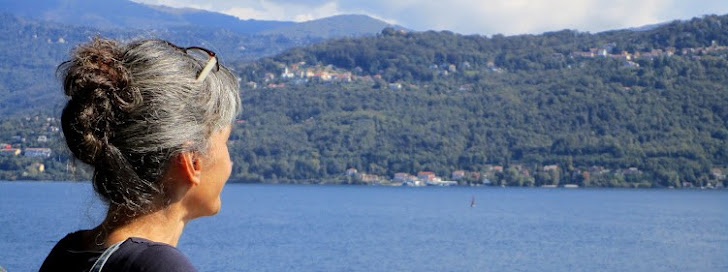A new cycle begins. “(…) it’s about as full circle as it gets. (…) One day at a time, and suddenly you realize life is brighter, life is lighter. You made it through the storm” (Dunbar, 2024), except, other entities bully your neighbors, make them suffer, threaten them, persecute them, injure them, kill them and destroy everything. And in the end, they hope to live happily and securely ever after? Is this the implosion of humanity, cause surely it is not a vision for a better world...
Lucy Claire Dunbar (2024). The Book of Gifts. Fotografia de Monica Pinheiro CC BY-NC-SA (CC), março de 2025.
PS - Banda sonora pode ser a que li no que Flora Graham escreveu no Nature Briefing de 11 de fevereiro de 2025, sobre o músico Cosmo Sheldrake (com Nature) que ajudou investigadores a registar «the wonderful, wet and complex” sounds of the fungi and other organisms in the soil, in the words of evolutionary biologist and co-author Toby Kiers»: soil.



